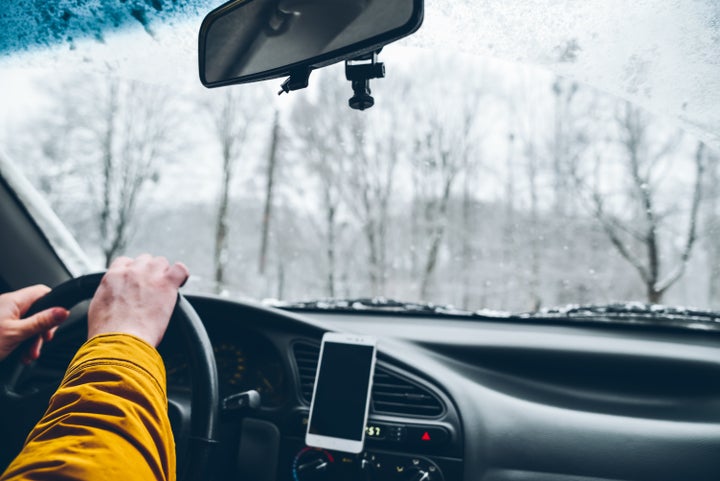Winter is on its way, whether we like it or not. So, when the first snowfall hits, it’s important to be prepared so you can conquer the elements and stay safe on the roads. In partnership with Michelin, here are ways to practise safe driving this winter.

Get in the proper driving position
Driving in harsh winter conditions requires more engagement and activity from behind the wheel. The correct driving position should include both wrists on the top of the steering wheel, with a slight bend in the elbows. Your knees should also be slightly bent when pressing your foot on the gas pedal, and your eyes should be looking through the centre of the windshield. You may have to adjust the seat around until you are in the correct position, so give yourself a few extra minutes before heading out.

Install winter tires
Contrary to popular belief, all-season tires don’t provide the performance that winter road conditions require. All provinces in Canada recommend the use of four winter tires, while in Quebec they are mandatory and must be installed by December 1st. Tires with long lasting winter tread, like the Michelin X-Ice® Xi3, are built to take on ice and snow so you can feel confident in your vehicle, no matter the winter condition. It’s best to install winter tires once the temperature approaches freezing. To find a true winter tire, ask your local tire dealer for a tire with specific winter compound and that has the “Three-Peak Mountain Snowflake” symbol on the sidewall.

Avoid sudden braking
To avoid hitting the vehicle in front or behind you, avoid any sudden braking on snow-covered roads. Because of these weather conditions, it takes a vehicle a longer time to stop at a light or to turn. Experts say to only brake in a straight line before a turn and leave as much distance between vehicles as you can. If your wheels lock and slide, release the brake pedal to recover traction, then slowly brake again.

Stay focused and calm
Even the most experienced drivers can find themselves in stressful driving situations. Experts say to look at your knuckles to gage stress-levels. If your knuckles are white, you are probably too tired and too tense to be reacting with swift reflexes. Relax your grip on the wheel and take a few breaths to calm any nerves. Don’t lean forward, either. It may be a force of habit when you’re trying to get a better look at something in the distance, but this movement ends up making you more stressed. You need to be aware of your entire surroundings, not just one particular spot, so don’t lock your gaze. Look around slowly from left to right and use your peripheral vision to help you prepare for what’s down the road.
Hit the road this season with the safety and reliability of Michelin winter tires.